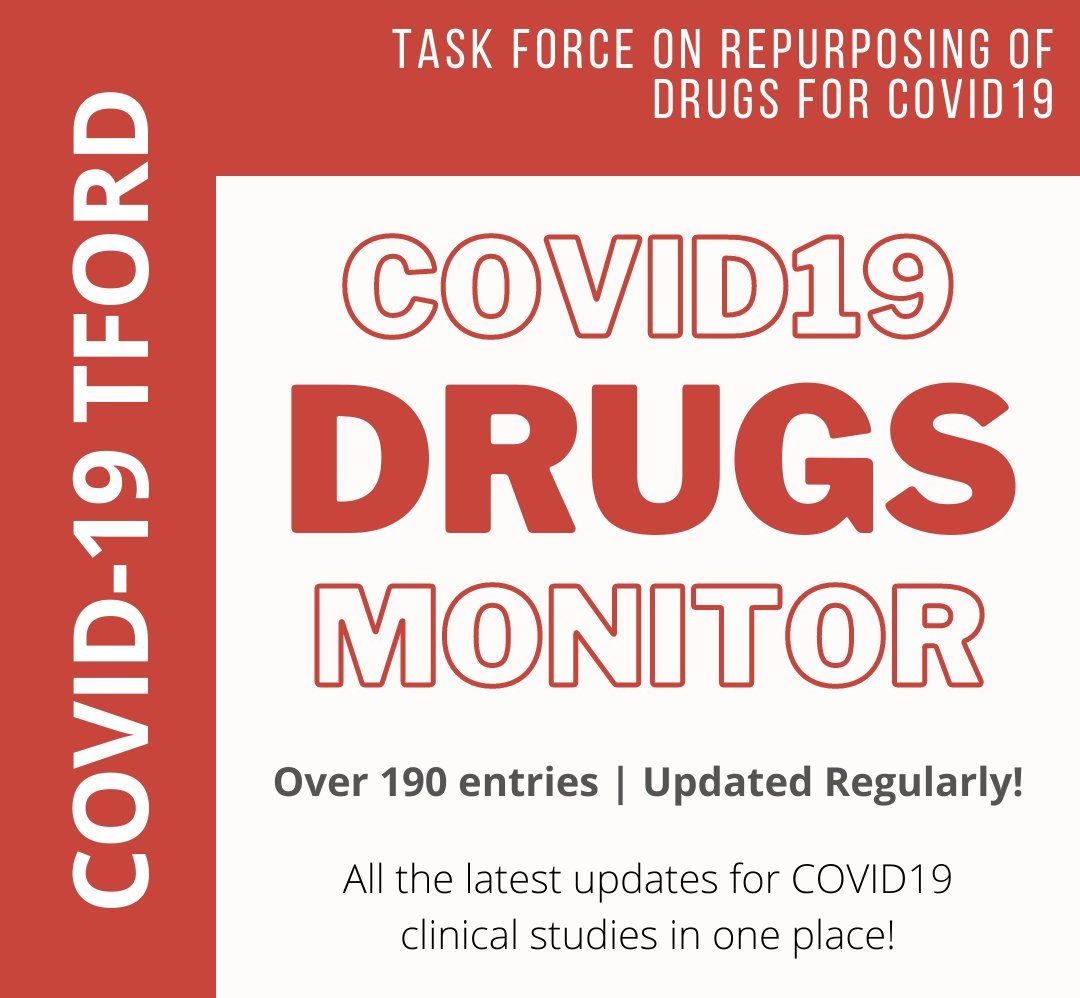(01 July 2020) Favipiravir- 66.7%,Day-7 clinical improvement rate [53.7–78.0%]
Real-world Experience with Favipiravir for Treatment of COVID-19 in Thailand: Results from a Multi-center Observational Study
https://doi.org/10.1101/2020.06.24.20133249
Among 247 COVID-19 patients, 63 (23.0%) received ≥1 dose of favipiravir. Of these, 27.0% required an O2−nasal cannula, 9.5% required non−invasive ventilation and/or high−flow O2−therapy, and 6.4% required invasive mechanical ventilation and/or ECMO. The median baseline NEWS2 score was 5(0−16). The Day−7 clinical improvement rate [95%CI] was 66.7%[53.7−78.0%] in all patients, 92.5%[75.7%−99.1%] in patients who did not require O2−supplementation, and 47.2%[0.4%−64.5%] in patients who required O2−supplementation. No life-threatening adverse events were identified. The 28-day mortality rate was 4.8%. Multivariate analysis revealed three poor prognostic factors for Day−7 clinical improvement [odds ratio (95%CI); p−value]: older age [0.94 (0.89 to 0.99); p=0.04], higher baseline NEWS2 score [0.64 (0.47 to 0.88); p=0.006], and lower favipiravir loading dose (≤45 mg/kg/day) [0.04 (0.005 to 0.4); p=0.006]. Study reports the promising effectiveness of favipiravir for treating COVID−19 patients. In addition to older age and a high baseline NEWS2 score, a low loading dose of favipiravir (≥45 mg/kg/day) was also identified as a poor prognostic factor for early clinical improvement.
